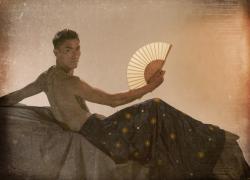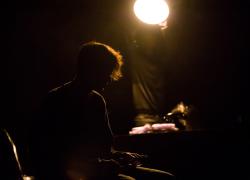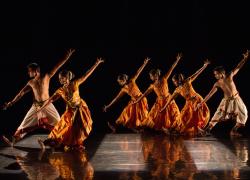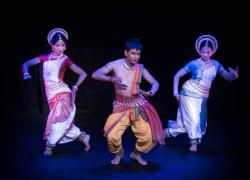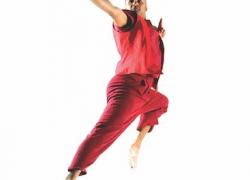Altered Skin – Floating Myths
Floating Myths
Online project by Altered Skin
Reviewed by the Pulse Dance Audience Club
Note: The images are all screenshots from the works.
We didn’t know, when we were to be locked down, how artists would respond. Many worried about the loss of live performance, income, live audiences – but happily the creative impulse can’t be locked down. Shane Shambhu has devised, with the artists with whom he worked, this series of three short dance theatre films, and he seems to have found a new language.
The Other
‘The Other’, with its double entendres and skilful scene-flipping in mid-sentence, provided a cheeky and unexpectedly humorous opening to the series. Raheem Mir and Tara McGirr form two sides of the love triangle (Raj and Remy) in a story that draws on that of Radha and Krishna and Rukmini. One of us asked, ‘How come Kris has everything he wants? He needs to step up. God seems to be attention-seeking.’ We never see him, but everyone gravitates towards him. On her YouTube channel ‘Remy Namasté’ talks about her joy – she has a ring! The young empowered woman’s dream, it turns out, is of marriage. She is shown toiling in the kitchen while Kris just plays the flute in the other room. Yet there is complexity, as there is in the myth. The note from Kris that comes folded in the wedding invitation to Raj/Radha suggests a subtle, ambivalent concept of what love is, and that true love is not possessive. Relationships can be much more fluid in mythology. In a modern story, someone’s hurt, they’re going to get married and it’s the end of one relationship. In myth, however, they carry on, and we are reminded that there are other possibilities as well as challenges.
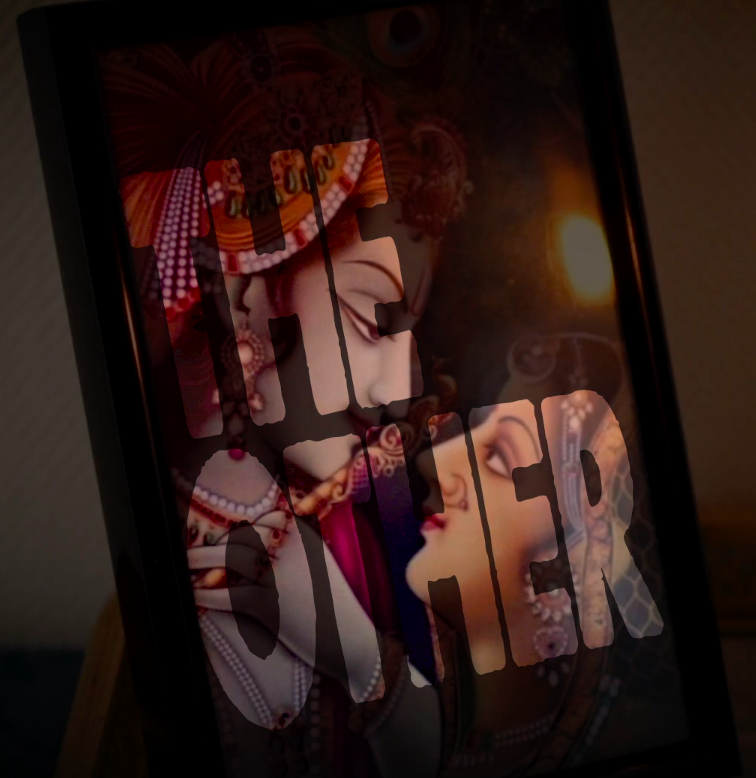
The Cave
‘The Cave’, performed by Shivaangee Agrawal and Keiren Hamilton-Amos, was based on the story of Ameterasu, the Japanese sun goddess. Its precise relationship to the story we watched was not very clear in detail (sister and brother in the myth, mother and son here), but the emotion was powerfully expressed, depicting mental health issues and attendant panic, followed by a recovery of the son’s sense of self. We found it visually beautiful and technically impressive; the appearance of the goddess reminded us of the psychedelic elements of ‘Fantasia’. The idea of the mirror being held up to the light in the cave suggested that we look for the light outside, when actually it’s within. We felt, however, that the protagonist’s recovery seemed rather quick – it could have been a longer film.
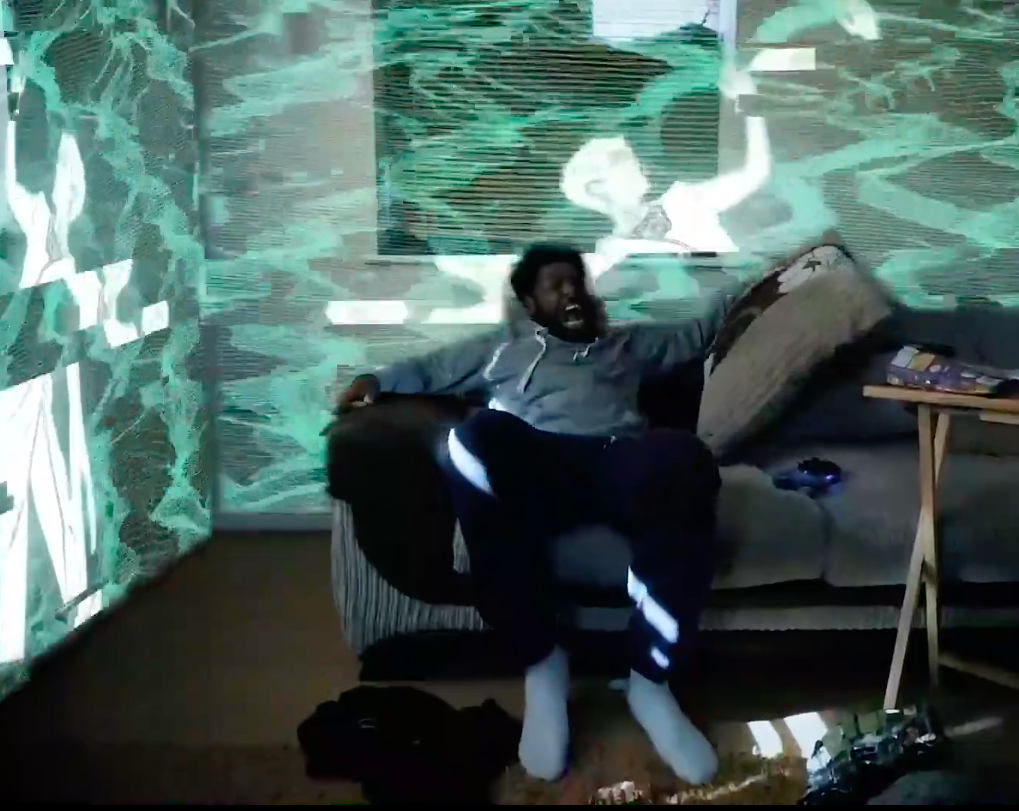
Sacrifice
Some felt that this film, based on the story of Odin from Norse mythology, was the strongest and most layered of the three. It was intriguing, with a sense of menace and building intensity. Particularly disturbing were the images of the young woman (Mei Mac) in the bath (this reminded one of works by Bill Viola): she was in the water, but didn’t want to look vulnerable. Immersing herself here seemed to be symbolic. As with Odin, who had to lose an eye, sacrifice was needed to acquire knowledge. In her case, the sacrifice was her mother (or her time with her) to find herself. The switching of costumes suggested the shedding and taking on different personas, symbolising travelling. The use of languages effectively established her as an international person. The voice of her ‘Ma’ and dialogue between mother and daughter was authentic. The direction was impressive, with the monochrome impression of the lack of colour in Scandinavia; and technically impressive, too – how could she film herself like that remotely?

It’s unlikely that viewers would necessarily be familiar with all the myths. Those who’d been able to watch the films more than once found they appreciated more on subsequent viewings. The films demonstrated the power of the story, with the dilemma of characters over thousands of years; each central character was a bit lost and needed some kind of greater intervention to transform. The story provided the impetus but the films were an aesthetic response to the situation, going beyond the structure of the story to produce a new language. The performers needed to be dancers, movement artists, and in some cases, singers, with the ability to deliver text as well. All the forms had to be present for the project to work. The theatre-style acting and writing gave it the intimacy of theatre. The aesthetic was the language of texts, visuals and editing.
The films seemed to grow in maturity, and the imagery remained with the viewers. The technical and creative achievement – the films were directed remotely from Austria, communication with the artists and team was via various technologies – was noted, and we were curious to find out more about how the films were made. We also would have liked the credits to have remained longer on the screen, to give us time to read them.
With thanks to all who contributed to the discussion.
The Other – 8th October to 5th November
Written by Shane Shambhu with Raheem Mir
Directed by Shane Shambhu
Devised with and performed by Tara McGirr and Raheem Mir
The Cave – 15th October to 12th November
Written and directed by Shane Shambhu
Devised with and performed by Shivaangee Agrawal and Keiren Hamilton-Amos
The Sacrifice – 22nd October to 19th November
Written by Shane Shambhu with Mei Mac
Directed by Shane Shambhu
Devised with and performed by Mei Mac
Additional roles by Keiren Hamilton-Amos and Isabella Leung
Floating Myths team
Written and directed by Shane Shambhu
Music and sound design by Gerry Smith
Filming and editing by Martin Dewar
Producer – Sarah-Jane Watkinson
Press and promotion by Daljinder Johal
















